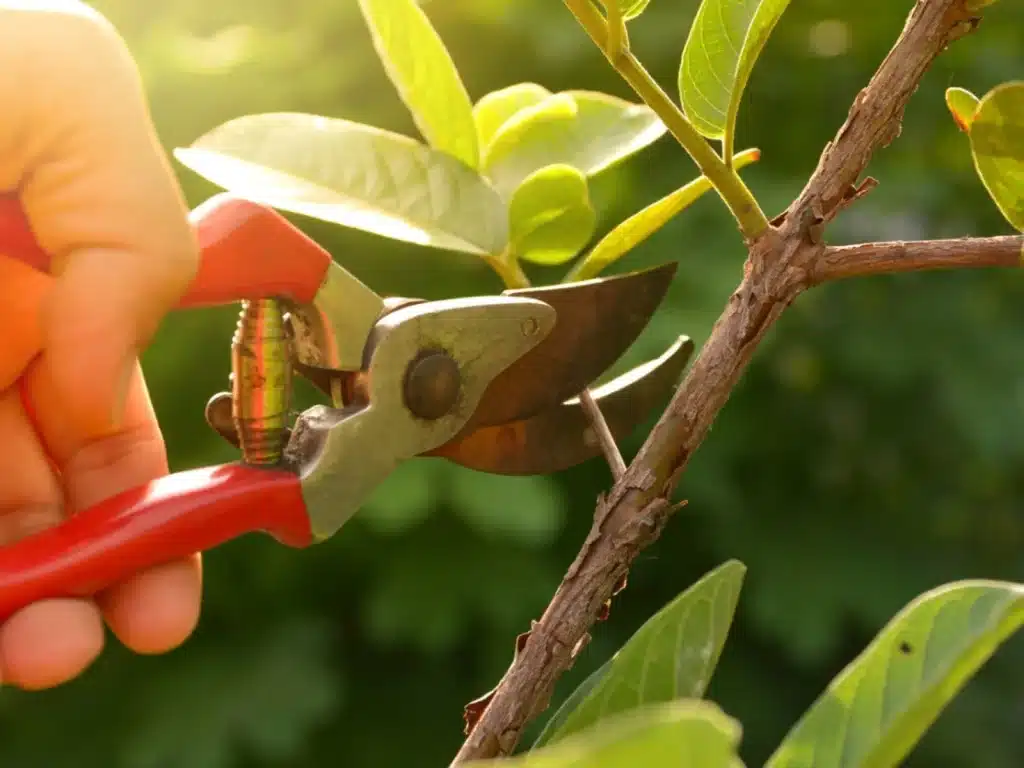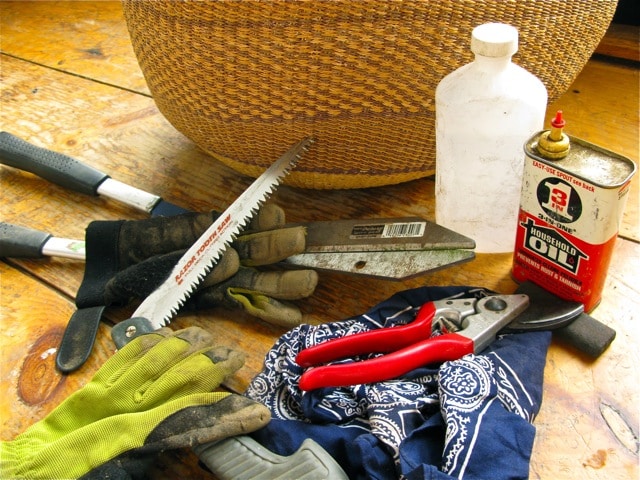Pruning plants is a vital practice that promotes their health, encouraging lush foliage and vibrant blooms. However, many novice and seasoned gardeners alike often overlook its significance or inadvertently make mistakes that can have long-lasting impacts on their plants’ health and growth. This post will discuss some of the common pruning mistakes that can harm your plants and provide expert advice on how to avoid them. Whether you are a gardening enthusiast or a professional horticulturist, this guide will help you ensure that your plants remain robust and beautiful year after year!
Contents
The Fundamentals Of Pruning
Pruning, by definition, involves removing specific parts of a plant, like branches, buds, or roots. This practice not only shapes your plants, giving them a more aesthetic appeal but also serves to enhance their health and productivity. Pruning can rid plants of dead, damaged, or diseased sections, promoting healthier growth and ensuring that they have adequate light and air.
Furthermore, pruning helps control the size of plants, directs growth, influences flowering and fruiting, and can rejuvenate old plants. However, to attain these benefits, it’s crucial to prune correctly. Sadly, many plant enthusiasts make numerous pruning mistakes that can be detrimental to their beloved flora. These common errors range from pruning at the wrong time to over-pruning, among others, which you will explore in more depth in the following sections.
Pruning At The Wrong Time
Timing is critical when it comes to pruning. Many gardeners prune their plants without understanding that the timing can significantly impact the plant’s growth and health. For instance, pruning during the middle of a growing season can stress plants and stimulate unnecessary growth, making them vulnerable to pests and diseases.
The best time to prune varies depending on the plant species and the goal of pruning. Pruning in late winter or early spring, just before the new growth begins, is generally an effective strategy for many species. However, for plants that bloom in spring, pruning should happen immediately after their flowering period to ensure the following season’s blooms aren’t accidentally removed. Simply put, knowing when to prune your plants can be the difference between a thriving garden and a struggling one.
Over-Pruning
Another common error that gardeners make is over-pruning their plants. Over-pruning can strip plants of their foliage, which plays a vital role in photosynthesis – the process by which plants make food. Therefore, removing too much foliage can starve plants, resulting in weak, unproductive growth.
Moreover, over-pruning can leave plants vulnerable to disease and pests, as it can create large, open wounds that may serve as entry points for pathogens. It’s advisable to remove no more than 15-20% of the plant’s canopy in a single season. Remember, pruning is like giving your plant a haircut, not a close shave. The plant should still look lush and full after pruning, not sparse and bare. So be patient and allow the plant to dictate its growth pace.
Neglecting Tool Maintenance
Unfortunately, many gardeners pay little attention to the state of their pruning tools, not realizing how essential tool maintenance is. Using blunt, dull tools can lead to ragged cuts and damage to plant tissues, potentially opening the door for diseases and pests to infest the plant. A clean, sharp cut helps plants heal faster, reducing the risk of disease transmission.
In addition to keeping your tools sharp, it’s also vital to keep them clean. Dirty tools can carry disease from one plant to another, spreading infection throughout your garden. Disinfect your tools between uses, particularly if you’ve cut away diseased plant material. Just by investing a little time in maintaining your pruning tools can make a big difference in your plants’ health.
Topping Trees
Topping, or indiscriminately cutting back tree branches to stubs, is a prevalent mistake many gardeners make. While this may seem like a quick and easy way to reduce a tree’s size, it can have severe repercussions. Topping can weaken the tree’s structure, making it susceptible to disease and insect infestation, and it often results in unattractive, spindly growth.
Instead of topping, try selective pruning, which involves removing branches at their point of origin or to their point of attachment to another branch. This approach encourages healthy, stable growth and preserves the tree’s natural form. With selective pruning, you can control a tree’s size while keeping it strong and beautiful.
Ignoring The 3-D Aspect Of Your Plant
All too often, when someone is pruning, they focus solely on the front or outward-facing parts of a plant, overlooking its three-dimensional structure. Just like you wouldn’t only comb the front of your hair, you shouldn’t only prune the front of your plants. Ignoring the inner branches can lead to a lack of air circulation, promoting disease and pests.
Remember that plants aren’t flat; they’re three-dimensional. Consider the depth, height, and full shape of your plant before you start pruning. Prune evenly throughout the plant to maintain balance and ensure that light and air can penetrate all areas. A well-pruned plant looks good from all angles and has a better chance of growing robustly.
Not Considering The Plant’s Species And Growth Pattern
Each plant species has its unique characteristics and growth patterns and, therefore, different pruning needs. What works well for one plant may harm another. Many gardeners make the mistake of treating all plants the same, leading to unhealthy growth or even plant death.
Before you start pruning, take the time to learn about the specific species you’re dealing with. Understand its growth habit, flowering season, and specific pruning needs. For example, some plants prefer light pruning, while others respond well to hard pruning. Tailoring your pruning approach to the plant’s unique needs will help it thrive and grow in a healthy, balanced way.
Pruning Without A Purpose
Finally, the most common and problematic of these mistakes is pruning without a clear reason or goal in mind. Aimless pruning can lead to imbalanced growth, diminished plant health, and reduced aesthetic appeal. Before you make any cut, you should understand why you’re making it. Are you trying to remove dead or diseased wood, shape the plant, encourage flowering, or control size?
To avoid aimless pruning, it’s beneficial to have a clear pruning strategy. Understand the plant’s growth cycle, know what you want to achieve, and prune accordingly. Always remember that each cut has the potential to change the plant’s growth, so every pruning decision should be intentional and thought through. By having a purpose for each cut, you can guide your plants toward healthy and balanced growth.
Take Steps To Avoid These Mistakes When Pruning!
While pruning is vital for maintaining healthy plants, it’s equally essential to avoid common pruning mistakes. These mistakes can be detrimental to your plant’s health and growth. Fortunately, these pitfalls can be avoided with the right knowledge and techniques. So, when pruning, remember to pay attention to the plant type, use the right tools for the job, and take steps to avoid aimless pruning. With a few careful considerations and intentional actions, you can keep your plants healthy and beautiful!







